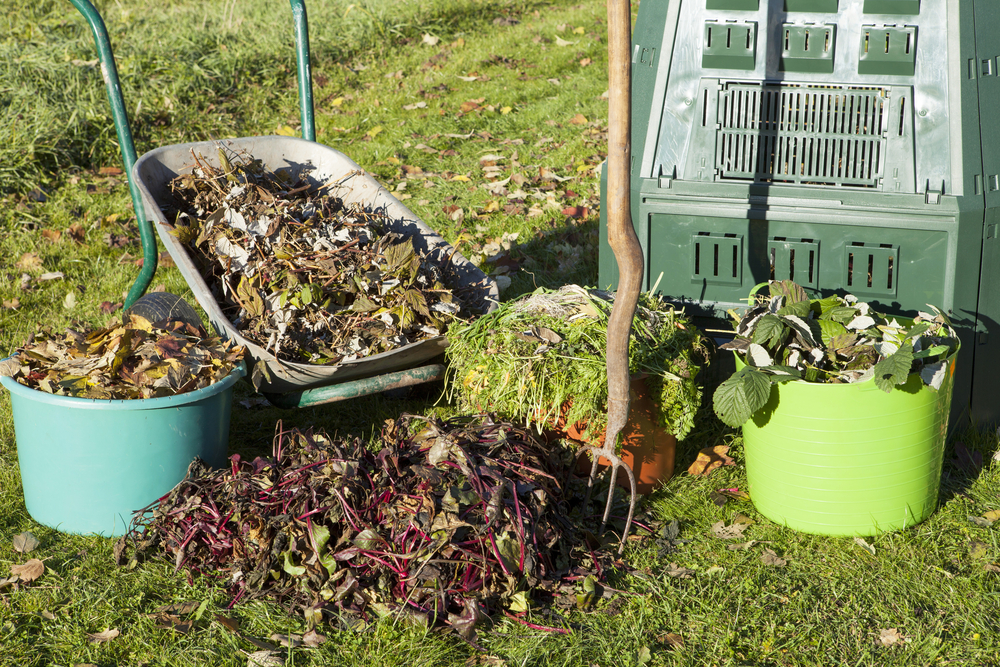
Fall Gardening Tips: Change Your Tactics as the Leaves Change, Too!
Well, it’s officially fall here in New England, which means it’s time to think about fall gardening! The leaves are changing, the nights are cool, and it is time to enjoy harvest fairs, corn mazes, and pumpkin spice lattes! There is also still time to enjoy my garden (I just harvested a bunch of my swiss chard for dinner last night) as well as think about what I can do now, to help my garden in the spring. Working with The Dirt on Dirt team, we put together a list of things to consider doing in your garden this fall.
- Compost any weeds, vegetables that have stopped fruiting, and decaying leaves that have accumulated in your planting beds. Take care not to put weeds that have turned to seed into your compost, or weeds will sprout! If you are growing heirloom plants, consider saving the seeds from these plants in a cool, dry place for next season.
- Apply NutriRoot Liquid Soil Applied Fertilizer at planting or to mature landscapes to increase water absorption into roots and to enhance root growth. It may be applied monthly throughout the growing season, particularly in hot, dry months to alleviate water stress in trees and landscape plants. In northern regions, also apply in the fall before the onset of winter.
- Add mulch around the sprouts of cool-season vegetables to provide moisture. Lettuce for instance loves moisture, without it, it can be bitter.
- Check your soil pH to ensure the success of your crops. Most vegetables like a slightly acidic soil pH. The ideal range is between 6.3 and 6.9 (on a scale from 1 to 14). If your soil has a pH below this range, add lime to your soil this fall. If the soil is too alkaline (above 7.5), you could add elemental sulfur to your beds to lower the pH.
- When fall arrives, shorter days mean fewer hours of sunlight for veggies. For new veggies, choose a location within your existing garden that isn’t mixed with still-maturing vegetables. Then the new plants won’t be fighting against the established plants for water and nutrients.
- Gently sift the bedding soil and rake in a soil amendment, such as composted organic material with ARBORChar™ All Purpose Grow, to give cool-season plants the nutrients they need to flourish and prep your soil for spring plantings.
- If planting new vegetables, be sure to check the Old Farmer’s Almanac for the first frost dates in your region.
- Apply one to two inches of compost or manure on top of your beds to help infiltrate the soil with nutrients for the next season. You can also add an additional layer of a lighter organic material (like straw) on top to prevent nutrients from escaping and reduce early spring weeds.
- If your schedule allows, plant cool-season crops every two weeks. This allows you to harvest continually, at least when the temperature stays moderate.
Bringing plants indoors this fall? AzaSol™ and Eco-Mite Plus® can help keep insects from coming along for the ride!

Let’s Get Dirty, and let’s get fall gardening!
Kristin


Sorry, the comment form is closed at this time.